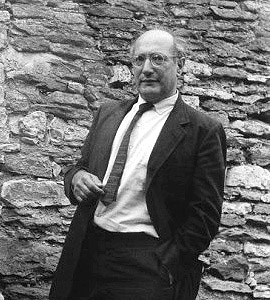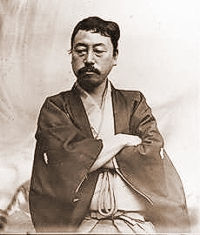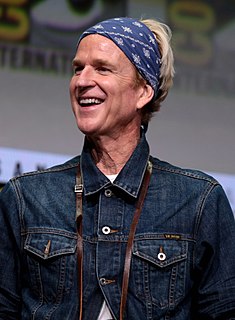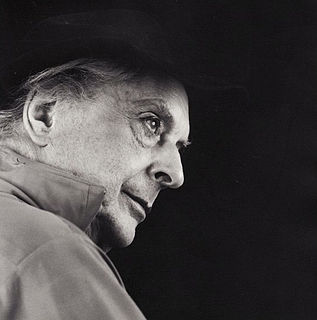A Quote by Mark Rothko
The artist invites the spectator to take a journey within the realm of the canvas... Without taking the journey, the spectator has really missed the essential experience of the picture.
Related Quotes
However intense my experience, I am conscious of the presence and criticism of a part of me, which, as it were, is not a part of me, but a spectator, sharing no experience, but taking note of it, and that is no more I than it is you. When the lay, it may be the tragedy, of life is over, the spectator goes his way. It was a kind of fiction, a work of the imagination only, so far as he was concerned.
Real spiritual journey in life is the discovery of self. I think once you take all the religious bullshit away from Jesus Christ, it's saying it's about this journey of discovering who you are, and what's really important in life is simply love. That the journey of civilization, the journey of understanding, is forgiveness, is empathy. And that's what humanity is striving for.
If we paint the phases of a riot, the crowd bustling with uplifted fists and the noisy onslaughts of cavalry are translated upon the canvas in sheaves of lines corresponding with all the conflicting forces, following the general laws of violence of the picture... These force-lines must encircle and involve the spectator so that he will in a manner be forced to struggle himself with the persons in the picture.
The artist has some internal experience that produces a poem, a painting, a piece of music. Spectators submit themselves to the work, which generates an inner experience for them. But historically it's a very new, not to mention vulgar, idea that the spectator's experience should be identical to, or even have anything to do with, the artist's. That idea comes from an over-industrialized society which has learned to distrust magic.
The search for a life-style involves a journey to the interior. This is not altogether a pleasant experience, because you not only have to take stock of what you consider your assets but you also have to take a long look at what your friends call “the trouble with you.” Nevertheless, the journey is worth making.






































